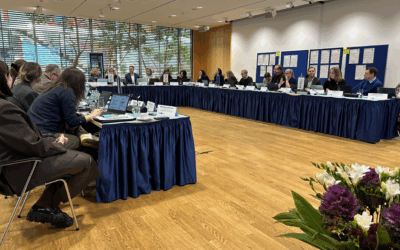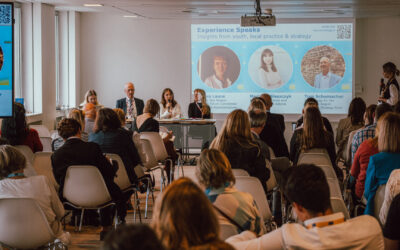A lipstick behaves strangely
The Latvian cosmetics company Dzintars noticed a strange phenomenon related to one of their lipstick series: over time, a thin film of oil formed on some of them. Did this mean that the consistency of the makeup changed with temperature? If yes, Dzintars may lose content customers and damage its reputation. A lipstick that would go bad in winter temperatures or in a heated up car in the summer would not be a quality product. What was the cause of this instability? In order to resolve this mystery physicists at the University of Riga brought SIA Dzintars in contact with the Industry Liaison Managers of the Science Link network.
X-rays solve the mystery
“First, we explained the company everything we can do with our technology, intense X-rays, and tried to pin down the research questions they had,” says Graham Appleby, who works at the German Electron Synchrotron research facility DESY. When a material sample is examined with intense X-rays, researchers can find out what kinds of molecules and atoms the material is made of and also determine their position. Dzintars had its lipstick tested by one of the world’s best X-ray machines, PETRA III located at DESY in Hamburg. Appleby cooled down the lipstick to minus 50 degrees Celsius and heated it up to plus 50° Celsius – and took x-rays. The conclusion was comforting: The lipstick shrunk and expanded with changing temperatures but was as good as new once it got back to room temperature. The company had gained scientific proof that low temperatures did not reduce the quality of their lipsticks.
X-rays push innovation
The same X-ray technology Appleby used to test the Latvian lipstick is applied to investigate new high-tech materials: ceramics that can tolerate extreme heat to be used in energy-efficient aircraft engines, steel for ship propellers that will not corrode and plastic membranes that can capture carbon dioxide. Some 40 companies from around the Baltic Sea used the high tech research facilities through the Science Link network to test and improve their products.
SMEs get access to X-ray technology
With their access-to-research services, Science Link opened up new horizons in particular for SMEs. “When specialised companies develop a new product and face a problem we want them to think: maybe those guys with the large research facilities can help us,“ says Industrial Liaison Officer Marc Thiry of the Helmholtz Center Geesthacht.
The network makes cooperation efficient
“With this sort of cooperation between science and companies, we believe we can significantly contribute to making the Baltic Sea Region more innovative in the long run,” says Thiry and stresses: “It is the network across countries that makes such cooperation efficient”. If each scientific partner had to establish new positions and new communication channels in order to get in touch with enterprises, the effort would be tremendous. Instead, the network of scientists and business supporters helps to attract companies from many countries and channel their issues to the respective research institution.
More SMEs, new methods
After the first project phase from 2012-2014, the network continues with funds from different projects. Within the new Interreg Baltic Sea Region project Baltic TRAM, Thiry, Appleby and their colleagues offer new measurement devices to companies. They encourage in particular small and medium enterprises from industries such as food and agriculture, environment and energy or materials and nano science to get in touch. With the BalticTRAM network, these SMEs can find answers to difficult questions, improve their products and thus contribute more to sustainable growth across the EU.







